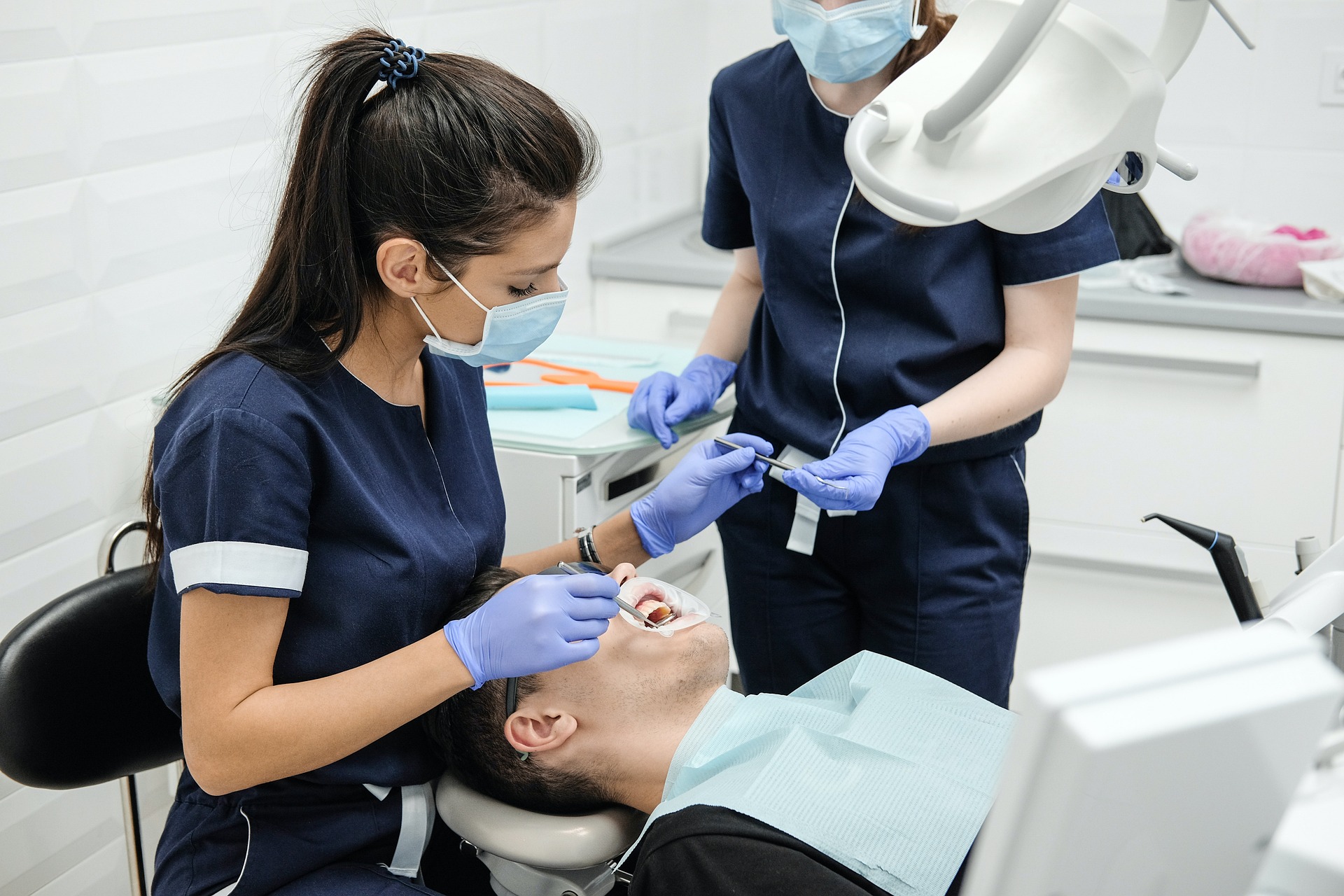The Ultimate Guide to Dental Visit Frequency
Have you ever wondered if that age-old advice about visiting the dentist every six months is actually backed by science? Whether you’re someone who religiously schedules dental checkups or tends to put them off until there’s a problem, understanding the right frequency for dental visits can save you time, money, and potentially painful dental issues down the road.
The Evolution of Dental Visit Recommendations
Remember those commercials telling you to visit your dentist twice a year? Interestingly, this widely accepted recommendation didn’t come from extensive medical research. Instead, it emerged from a toothpaste advertisement in the 1950s! Today’s dental professionals take a much more personalized approach to visit frequency, considering your unique oral health needs and risk factors.
The Truth Behind the Six-Month Rule
The six-month guideline isn’t a one-size-fits-all solution. While it works well for many people, your optimal visit frequency might be different. Think of it like car maintenance – some vehicles need more frequent tune-ups than others, depending on how they’re used and maintained.
Factors That Influence Your Dental Visit Frequency
1. Your Oral Hygiene Habits
Let’s be honest – how well do you really take care of your teeth? Your daily dental routine plays a crucial role in determining how often you need professional cleanings. Those who brush twice daily, floss regularly, and use proper techniques might need less frequent visits than those with less rigorous habits.
2. Genetic Predisposition
Just like some people are more prone to certain health conditions, your genes can affect your oral health. If your family has a history of dental problems, you might need more frequent checkups.
3. Medical Conditions and Medications
Did you know that over 90% of systemic diseases have oral manifestations? Conditions like diabetes, HIV, and cardiovascular disease can significantly impact your oral health, potentially requiring more frequent dental visits.
Risk Categories: Where Do You Fall?
Low-Risk Patients
- Healthy gums
- No history of cavities
- Excellent oral hygiene
- No underlying health conditions
- Non-smoker
For low-risk patients, visits every 12-24 months might be sufficient, though most dentists still recommend annual checkups as a preventive measure.
Medium-Risk Patients
- Occasional gingivitis
- Few previous cavities
- Moderate oral hygiene
- Minor health issues
- Former smoker
These patients typically benefit from the standard six-month visit schedule.
High-Risk Patients
- Active gum disease
- Frequent cavities
- Poor oral hygiene
- Significant medical conditions
- Current smoker
- Pregnancy
- Weakened immune system
High-risk patients might need to visit every 3-4 months to maintain optimal oral health.
Special Considerations for Different Age Groups
Children and Teens
Growing mouths need special attention. Children should start visiting the dentist by their first birthday or when their first tooth appears. During teenage years, when cavity risk is highest, six-month visits are crucial.
Adults (20-40 years)
Young adults with good oral health might extend their visits to once a year, but regular monitoring helps catch potential issues early.
Middle-Age Adults (40-60 years)
As we age, our risk for gum disease increases. This age group often benefits from maintaining twice-yearly visits, even with good oral health.
Seniors (60+ years)
Older adults may need more frequent visits due to:
- Increased medication use
- Higher risk of dry mouth
- Greater susceptibility to root decay
- Accumulated dental work requiring monitoring
Signs You Need to Visit the Dentist Sooner
Warning Signals Your Mouth Sends
Don’t wait for your scheduled appointment if you experience:
- Persistent tooth pain or sensitivity
- Bleeding or swollen gums
- Loose teeth
- Persistent bad breath
- Changes in the appearance of your mouth
- Difficulty chewing or swallowing
The Cost Factor: Prevention vs. Treatment
The Financial Benefits of Regular Visits
Think of regular dental visits as an investment. The average cost of preventive care is significantly lower than emergency treatments:
- Regular cleaning: $75-200
- Emergency root canal: $700-1,800
- Crown replacement: $800-1,700
Making the Most of Your Dental Visits
Preparation Tips
- Update your medical history
- List any new medications
- Note any oral health changes
- Prepare questions for your dentist
- Bring your insurance information
During the Visit
Make sure to:
- Communicate any concerns
- Ask about proper cleaning techniques
- Discuss any lifestyle changes
- Schedule your next appointment
The Role of Technology in Dental Visit Frequency
Modern Dental Monitoring
New technologies are changing how we approach dental visits:
- Digital X-rays allow for better tracking of changes
- Intraoral cameras help detect issues earlier
- Teledentistry options for preliminary consultations
The Impact of COVID-19 on Dental Visit Patterns
New Protocols and Considerations
The pandemic has changed some aspects of dental care:
- Enhanced safety measures
- More thorough pre-screening
- Longer intervals between appointments
- Increased focus on preventive care at home
Creating Your Personal Dental Visit Schedule
Steps to Determine Your Ideal Frequency
- Assess your risk factors
- Consider your oral health history
- Consult with your dentist
- Factor in your lifestyle
- Account for any specific concerns
Conclusion
The question of how often to visit the dentist doesn’t have a universal answer. While the six-month rule serves as a good baseline, your optimal visit frequency should be personalized based on your oral health, risk factors, and lifestyle. The key is to work with your dentist to establish a schedule that maintains your oral health while preventing potential problems.
Remember, prevention is always better than cure when it comes to dental health. Whether you need to visit every three months or can safely go a year between checkups, maintaining regular dental visits is an essential investment in your overall health and well-being. Don’t wait for problems to develop – take control of your oral health today by scheduling an appointment with your dentist to discuss your ideal visit frequency.

